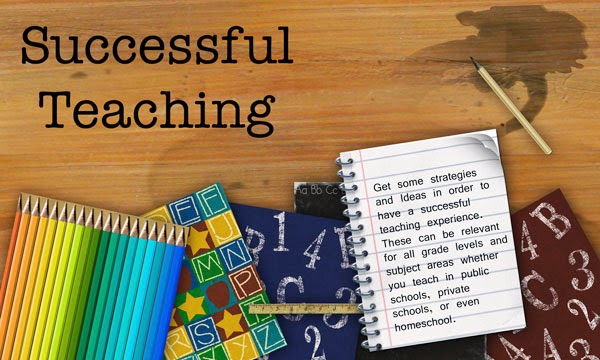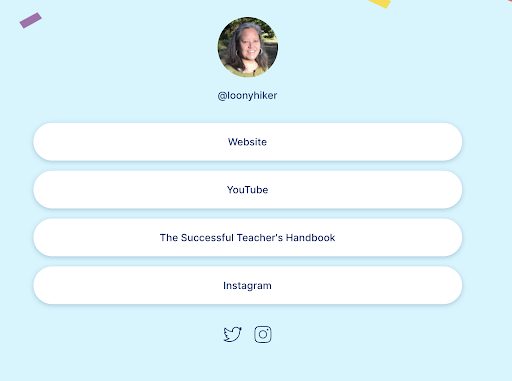Note: Each resource is labeled with a level and subject area to make it easier to use.
Levels: E: Elementary; M: Middle; H: High; G: General, all levels; SN: Special Needs; T: Teachers
CampYouTube – “We're bringing the fun of summer camp to families at home with #CampYouTube. Check out our STEM, Arts, Sports, and Adventure themed camps to learn new skills, stay active, and explore the world together. Come back daily for updates! Families can also download #CampYouTube bingo boards and cross off camp activities they complete.” (L:E,M;SA:A)
Canva – Design and print posters for the classroom (L:G;SA:A)
Codelicious – “Codelicious provides courses that are designed to be educator-led, education-standards aligned, and include full-year, project-based curriculum to engage every learning style. For schools interested in planning a curriculum progression across multiple grade levels, Codelicious suggests the following course pathway. Explore the resources included in every course here.” (L:G;SA:A,C)
The Science of the Perfect Grilled Cheese Sandwich – “This week Reactions is taking a look at some cheesy chemistry in the form of a sandwich. We're giving you some science based tips on how to make the perfect grilled cheese sandwich. Consider this a chemical ode to one of the finest comfort foods ever created, the grilled cheese sandwich. Cheese making is an incredibly complex chemical process, and at a certain point, you may have learned the hard way that some cheeses simply don't make the grill grade. Why is it that some cheeses melt perfectly while others crumble into a nasty, oily mess? Today we're going answer that question for you, and while we're at it, we wanted to offer you some scientific advice on how to optimize your ingredients for the perfect grilled cheese experience.” (L:M,H;SA:S)
Neil and Buzz Go For A Walk – “After four days of travel, a daring landing, and hours of preparation, the hatch of Apollo 11’s Lunar Module Eagle opened on the Moon. For the next two hours astronauts NEIL ARMSTRONG and BUZZ ALDRIN explored an area the size of a baseball diamond. This is the story about what happened on that 1969 Moonwalk, told with highlights from the original transmission log. Scroll to see the adventure.” (L:G,H;SA:S)”
Original photo by Pat Hensley
























